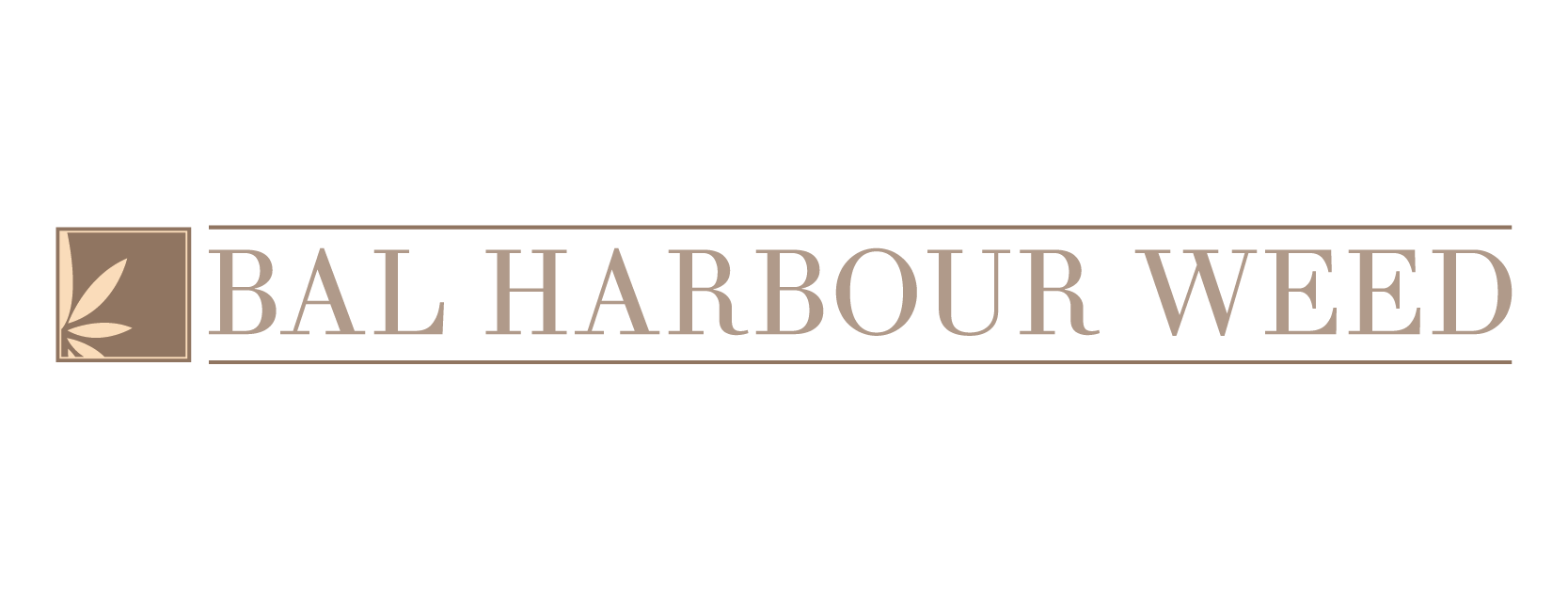Bal Harbour sits inside one of Florida’s most discerning medical-cannabis markets, where convenience, discretion, and brand trust drive basket choices. State dispensing data and national category trackers together suggest a split that favors non-combustible formats overall—especially vapes—while flower remains a mainstay for patients who value terpene richness and immediate onset.
Florida’s Office of Medical Marijuana Use (OMMU) publishes weekly dispensations showing two big buckets: “marijuana in a form for smoking” (flower) and “medical marijuana” measured in milligrams of THC (which aggregates vapes, edibles, tinctures, etc.). In August 2025, MMTCs collectively dispensed nearly 400 million mg of THC across non-smokable products versus about 135,000 ounces of smokable flower in just one week—underscoring how much patient demand flows to non-combustibles statewide. For an affluent, coastal enclave like Bal Harbour—where buyers prize discretion at restaurants, malls, and condo properties—that tilt aligns with local lifestyle needs.
Within that non-combustible basket, industry analysts consistently rank vapes as the second-largest cannabis category (behind flower) across tracked U.S. markets, with share largely stabilized in recent years. Disposable vapes have surged at times, but traditional cartridges remain the workhorse, appealing to patients who want fast onset, dose control, and low smell—key drivers for Bal Harbour’s on-the-go routines. On high-traffic holidays, analyst snapshots even show cartridges gaining share inside the vape segment, a sign of continuing preference for reliable hardware and familiar brands.
Flower still commands loyalty. Nationally it remains the #1 form factor by dollar share, and in Florida it anchors menus for patients seeking full-spectrum effects, strain diversity, and the best grams-per-dollar value. Bal Harbour shoppers who are home more—working remotely or relaxing bayside—often choose premium indoor flower for flavor and effect nuance. Big Florida operators’ weekly reports also show substantial smokable movement, reflecting steady baseline demand even as vapes proliferate.
Edibles are a measured but meaningful third pillar. Florida permits edibles with strict potency rules (10 mg THC per serving; 200 mg per package), which encourage micro-dosing and “start low, go slow” routines. Bal Harbour patients who want a smoke-free, long-lasting option for evening wind-downs or travel days (no odor, easy portioning) gravitate to gummies most, mirroring national patterns where candy formats dominate edible sales. While beverages are a small slice of edibles, they’ve shown year-over-year growth, adding variety for social occasions without combustion.
Putting this together for Bal Harbour:
- Vapes lead non-combustibles thanks to discretion (minimal odor), convenience (pocketable, quick onset), and precise dosing—ideal for luxury retail corridors and condo living.
- Flower persists as the connoisseur’s choice, prized for terpene expression and value; shoppers still build carts around eighths and limited strains.
- Edibles grow steadily within their regulatory limits, with gummies as the default entry and beverages as a niche that’s expanding from a small base.
Two contextual notes for buyers and operators: Florida remains a medical-only market as of 2025, so product selection and potency follow state rules, and statewide non-combustible mg-THC volumes materially outpace smokable ounces each week—useful for inventory planning near Bal Harbour Shops and Collins Avenue. For patients, those same rules make label reading essential: confirm serving sizes, total package THC, and your physician’s active orders before purchase.
